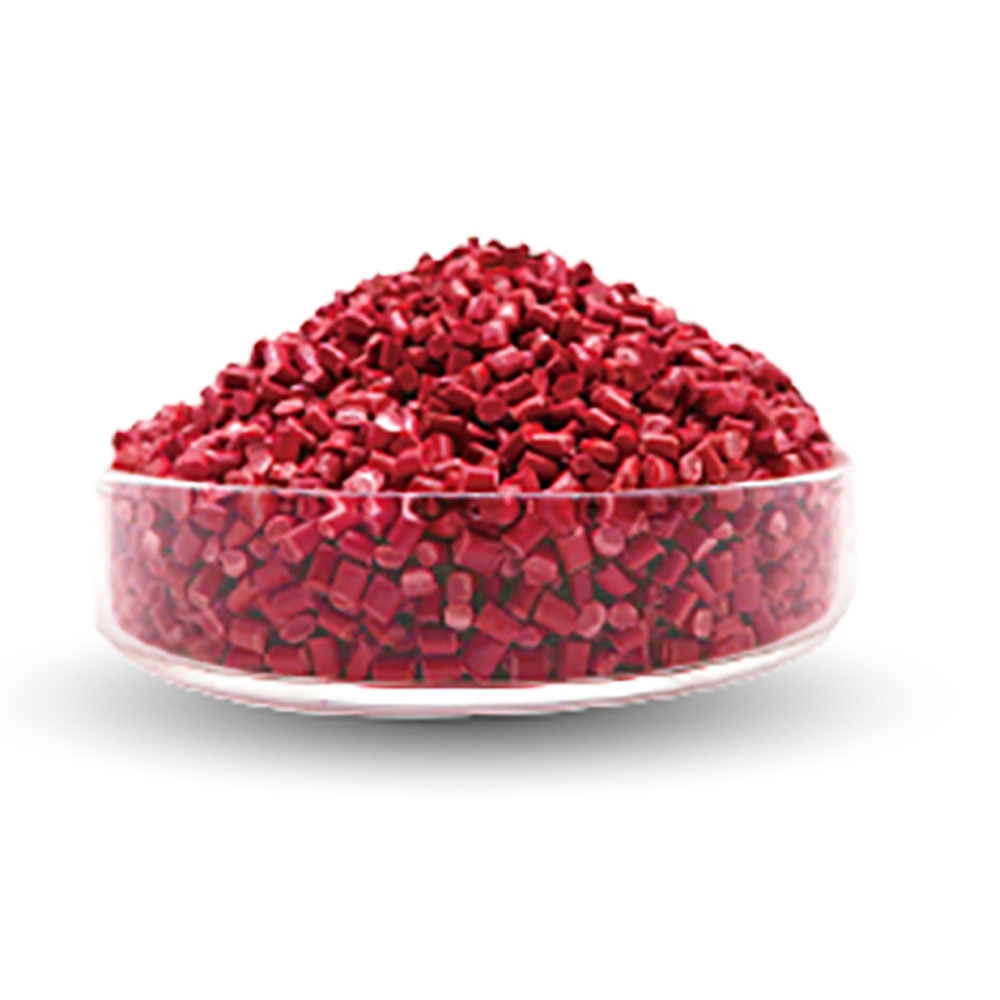
- +8615880211820
- [email protected]
- Tongan Industry Park, Xiamen
In the realm of plastic packaging, Polyethylene Terephthalate (PET) stands as a stalwart, widely acclaimed for its versatility and reliability in applications ranging from beverages to medical products. At the forefront of PET innovation, we proudly introduce our PET Blue Masterbatch, a game-changer in bottle and preform manufacturing.
| SPECIFICATION DATA SHEET | |||
| ITEM | UNIT | VALUES | METHOD |
| Color | – | Transparent Blue | – |
| Colorant concentration | % | 10 | – |
| Melting point | ℃ | 245-252 | ISO11357-3:1999 |
| Melt mass-flow rate/MFR | g/10min | 38 | ASTM D-1238 |
| FPV | bar/g | 0.05 | DIN-EN 13900-5 |
| Intrinsic viscosity | dl/g | 0.495 | GB17931-2003 |
| moisture content | % | ≤0.1 | ASTM D6980-04 |
| bulk density | g/ML | 0.907 | GB/T 1636-1979 |
| color difference△E | ≤ | 0.3 | △E≤0.5 |
PET Blue Masterbatch is the epitome of excellence in bottle and preform production. Whether it’s blowing bottles or crafting cans, our masterbatch ensures a vibrant blue hue that captivates consumers and enhances brand recognition. With a commitment to quality and innovation, our masterbatch is formulated to deliver unparalleled color brilliance and consistency, setting new benchmarks in PET packaging aesthetics.
Diving deeper into our offerings, our Color Masterbatches boast a spectrum of over 1000 shades, catering to diverse processing methods and applications. From Polyolefins like PET and PP to BT, HIPS, and ABS, our masterbatches are compatible across various materials, offering endless possibilities for creative expression. Whether you seek standard hues or custom blends tailored to your unique specifications, our masterbatches deliver exceptional dispersion, UV resistance, and weather resilience, ensuring longevity and visual appeal in every application.
Understanding that one size does not fit all, we offer tailor-made masterbatches to meet your specific requirements. Whether it’s achieving a precise shade for pharmaceutical bottles, mineral water containers, or cosmetic packaging, our expert team collaborates with you to create bespoke solutions that elevate your brand and exceed industry standards. With a focus on compliance and performance, our masterbatches adhere to national regulations for food contact, providing peace of mind and regulatory assurance.
At the core of our PET masterbatches lies a commitment to performance excellence. With low dosage levels and exceptional color brilliance, our masterbatches optimize production efficiency without compromising on quality. Designed to withstand high processing temperatures and maintain color consistency, our masterbatches ensure that your PET packaging stands out in the market, delivering visual impact and consumer appeal with every product.
From pharmaceutical and beverage bottles to household and cosmetic containers, our masterbatches find application across a myriad of PET packaging solutions. Whether it’s injection molding trays, food packaging, or BOPET films, our masterbatches enhance product aesthetics and functionality, driving brand differentiation and market success.
In Conclusion Elevate your PET packaging with our Blue Masterbatches and unlock a world of color possibilities. With unparalleled quality, versatility, and performance, our masterbatches redefine PET packaging aesthetics, setting new standards for excellence in the industry. Join us in transforming your products into visual masterpieces that captivate consumers and leave a lasting impression in the market.
Our masterbatches find a multitude of applications across diverse industries. Whether in plastics, textiles, or various manufacturing processes, our masterbatches play a pivotal role in enhancing product quality and performance. With customizable formulations, they offer color consistency, UV protection, flame resistance, and more, making them the go-to solution for countless applications. From automotive parts to packaging materials, our masterbatches are the trusted choice for achieving superior results across a wide spectrum of industries.
Our custom masterbatches are designed to match specific polymers, ensuring optimal performance when incorporated into your selected material. We have the capability to produce masterbatches suitable for a variety of polymers mentioned below, and many more. If you’re working with a material that isn’t listed here, please don’t hesitate to reach out to our knowledgeable technical team to explore the possibility of meeting your specific needs.
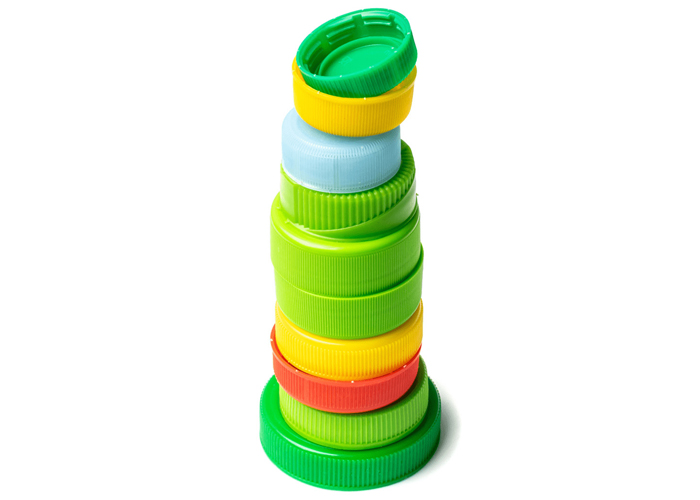
Low Density Polyethylene – Somewhat more translucent than HDPE and considerably more pliable, primarily employed in flexible packaging, tote bags, pliable tubing, film applications, and similar uses. Like HDPE, it has limited transparency characteristics. It exhibits outstanding chemical resistance to alcohols, acids, and alkalis but has restricted resistance to hydrocarbon solvents and mineral oils. Prolonged exposure to UV radiation can initiate degradation.
High-Density Polyethylene – Featuring a somewhat milky-white appearance, this material finds wide application in rigid bottle packaging, injection-molded caps and closures, crates, and more. Its natural opacity can limit the degree of transparency attainable. HDPE exhibits superior chemical and solvent resistance when compared to LDPE.
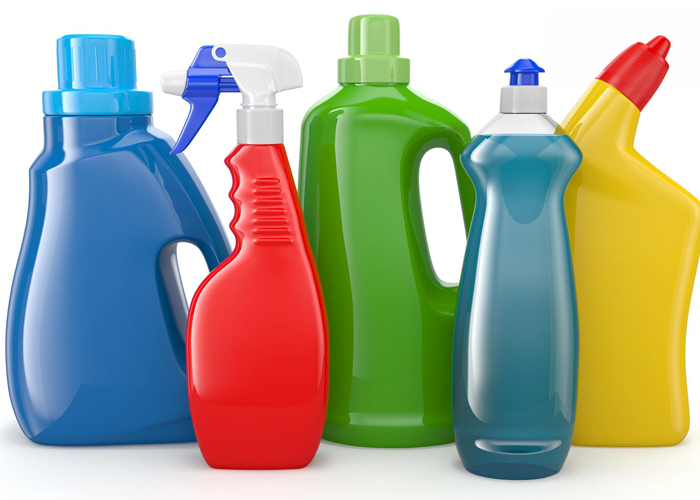
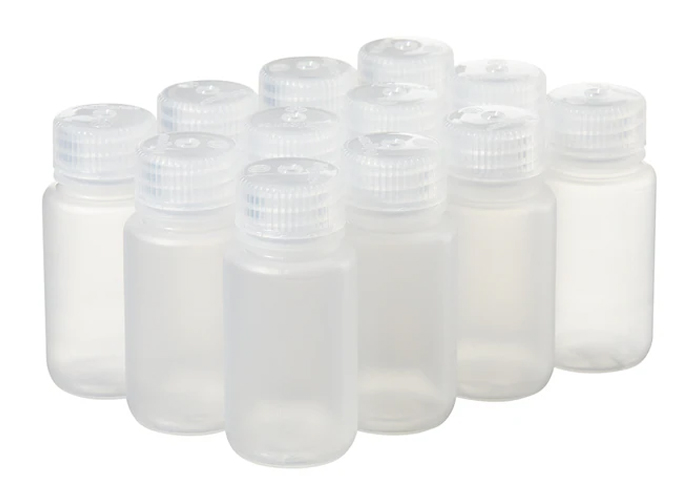
PPCO Random & PPHO – A polymer with moderate clarity, employed in the production of caps and closures. It is also utilized for crafting household items, buckets, toys, and storage containers. Polypropylene offers flexibility without significant limitations on color or special effects. Random copolymer boasts greater clarity compared to homopolymer and is better suited for creating translucent shades.
PPCO Block – Similar to PPCO but enhanced for increased impact resistance. An additive renders the polymer white, resulting in high opacity. This characteristic may limit the achievable transparency.
Polyethylene Terephthalate (PET) – Polyester materials exhibit robust mechanical strength along with excellent chemical resistance and barrier properties. PET is frequently chosen for the production of carbonated beverage containers. Moreover, polyester can be spun and employed in textile manufacturing for clothing. PET is highly transparent, making it an excellent choice for translucent packaging, although a subtle hint of “yellowing” may impact extremely light tints.
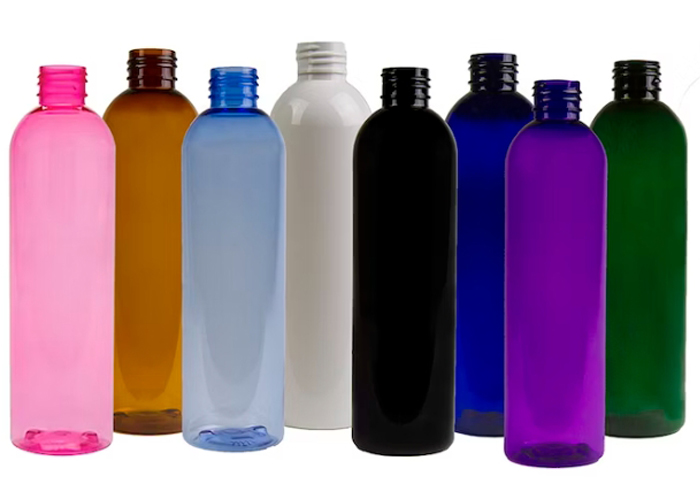
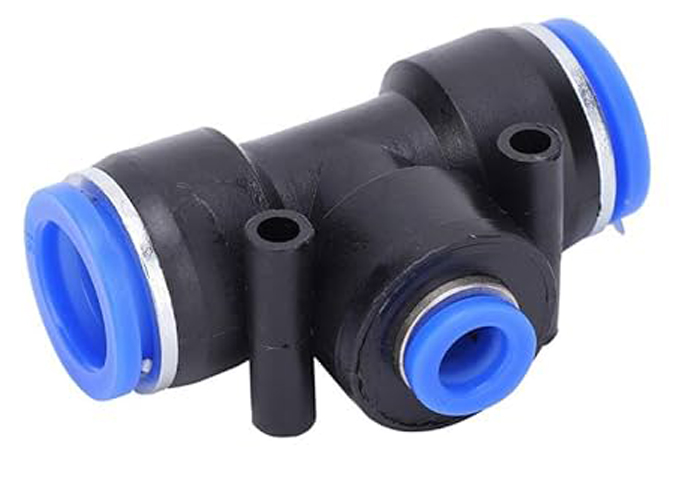
Polybutylene Terephthalate – A crystalline thermoplastic engineering polymer frequently employed as an insulating material within the electronics sector. This substance belongs to the polyester category, showcasing a remarkable equilibrium of attributes and processing qualities.
General Purpose Polystyrene – Exhibiting a glass-clear appearance but possessing minimal impact resistance, this material finds its primary application in CD cases. Its notable clarity renders it suitable for creating translucent hues, although an occasional violet tint may be discernible.
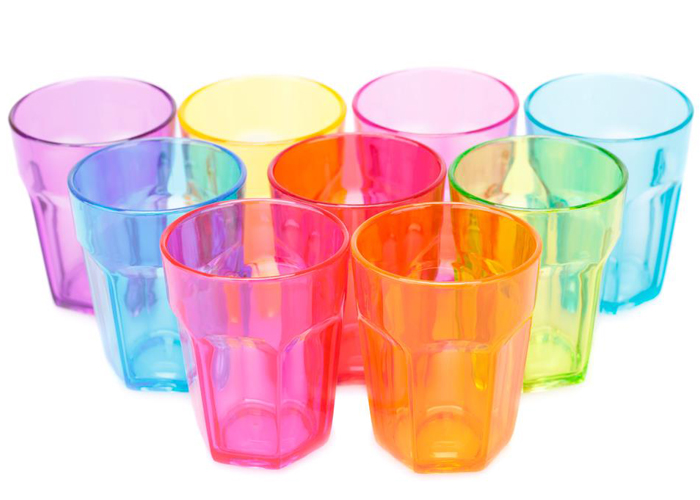
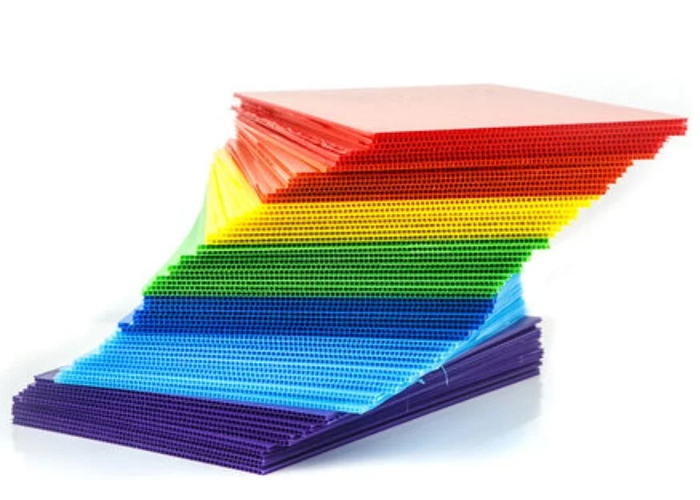
High Impact Polystyrene – Derived from GPPS by incorporating an impact-enhancing agent to boost its resistance to impacts. This added component results in the polymer becoming white, and different formulations provide varying degrees of opacity. Typically employed in the fabrication of game pieces, toys, and similar items. Its pronounced whiteness can pose challenges when aiming for translucent coloration. Specialized alternatives like K-Resin and Styrolux are accessible in the market to attain the same level of translucency as GPPS.
Acrylonitrile Butadiene Styrene (ABS) – A more robust iteration of High Impact Polystyrene (HIPS) employed in high-value components. ABS exhibits greater durability compared to HIPS-made components, although it encounters similar challenges when attempting to achieve translucent colorations. Just like HIPS, ABS offers specialized translucent variants. Owing to its durability, ABS is commonly used in crafting casings for power tools.
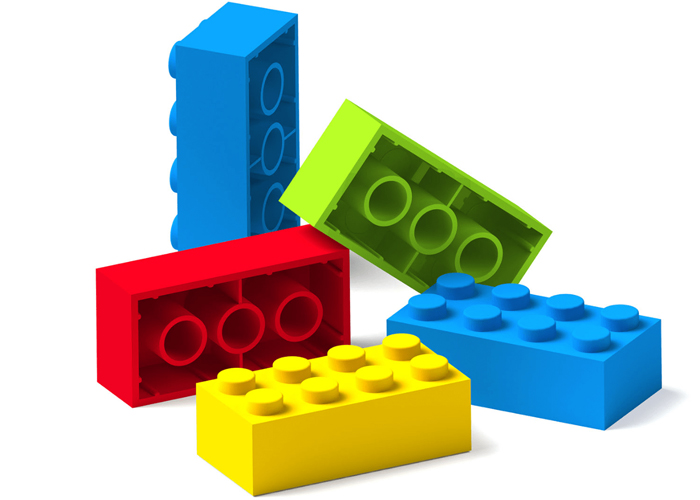
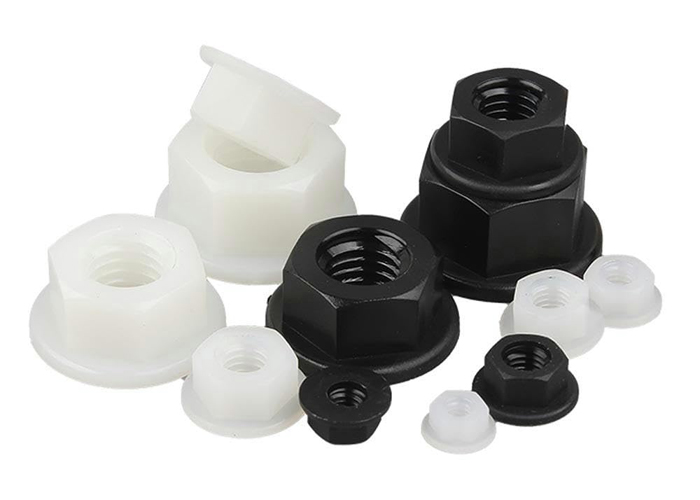
Polyamide (6, 66) – Nylon represents a versatile grade extensively employed in mechanical construction and maintenance. Its popularity stems from its excellent blend of mechanical strength, rigidity, mechanical damping characteristics, and effective electrical insulation capabilities. Consequently, nylon is a preferred material for manufacturing electrical enclosures. PA66 serves as a common alternative to metal across diverse applications, with its chemical and physical attributes closely resembling those of PA6. PA6 exhibits superior impact resistance and resistance to solvents, albeit with a heightened susceptibility to moisture absorption.
Styrene Acrylonitrile Copolymer – Possessing transparency and outstanding chemical and heat resistance, SAN also boasts good rigidity, tensile strength, and flexural strength. Thanks to its high-gloss finish, SAN is commonly chosen for cosmetic packaging purposes. However, achieving light tint colors with SAN can be challenging due to the violet dyestuffs inherent in the material, which are utilized to enhance its visual appearance during manufacturing.
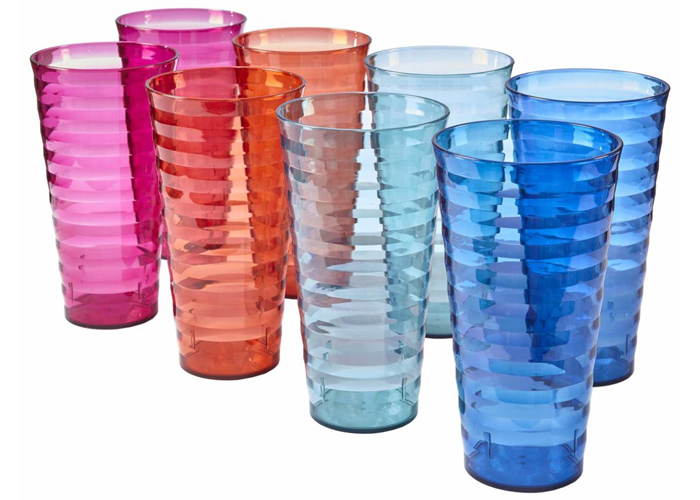
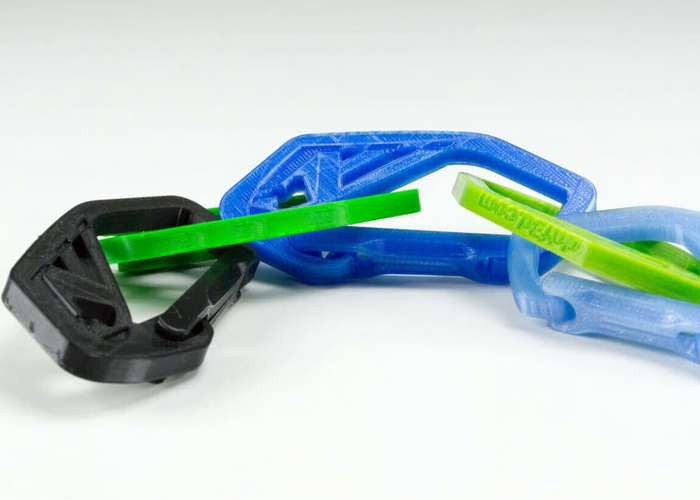
Polyethylene Terephthalate Glycol – PET with the incorporation of glycol. This glycol addition enhances flow properties but diminishes strength. PETG can be extruded to create bottles and can be formed into sheets for producing ‘blister’ style packaging.
Thermoplastic Elastomer (TPE) or Thermoplastic Polyurethane (TPU) – TPU finds diverse uses in applications such as automotive instrument panels, caster wheels, power tools, medical devices, as well as various extruded film, sheet, and profile applications. TPEs are employed across a wide range of applications in industries spanning automotive, medical, construction, electrical, appliances, packaging, and industrial sectors.
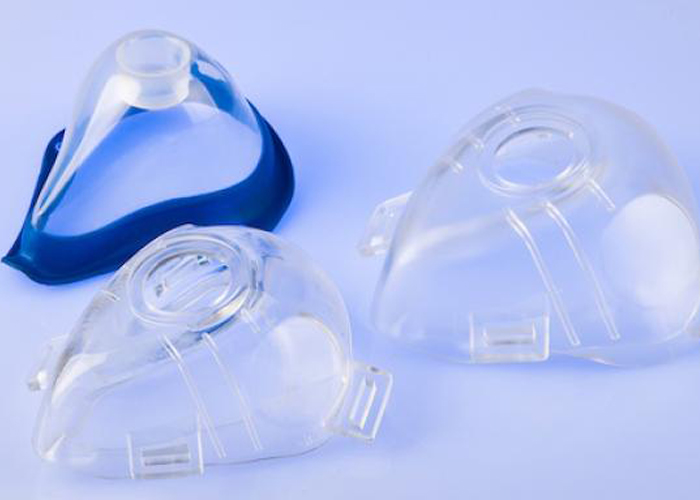
Frequently asked questions about our masterbatch
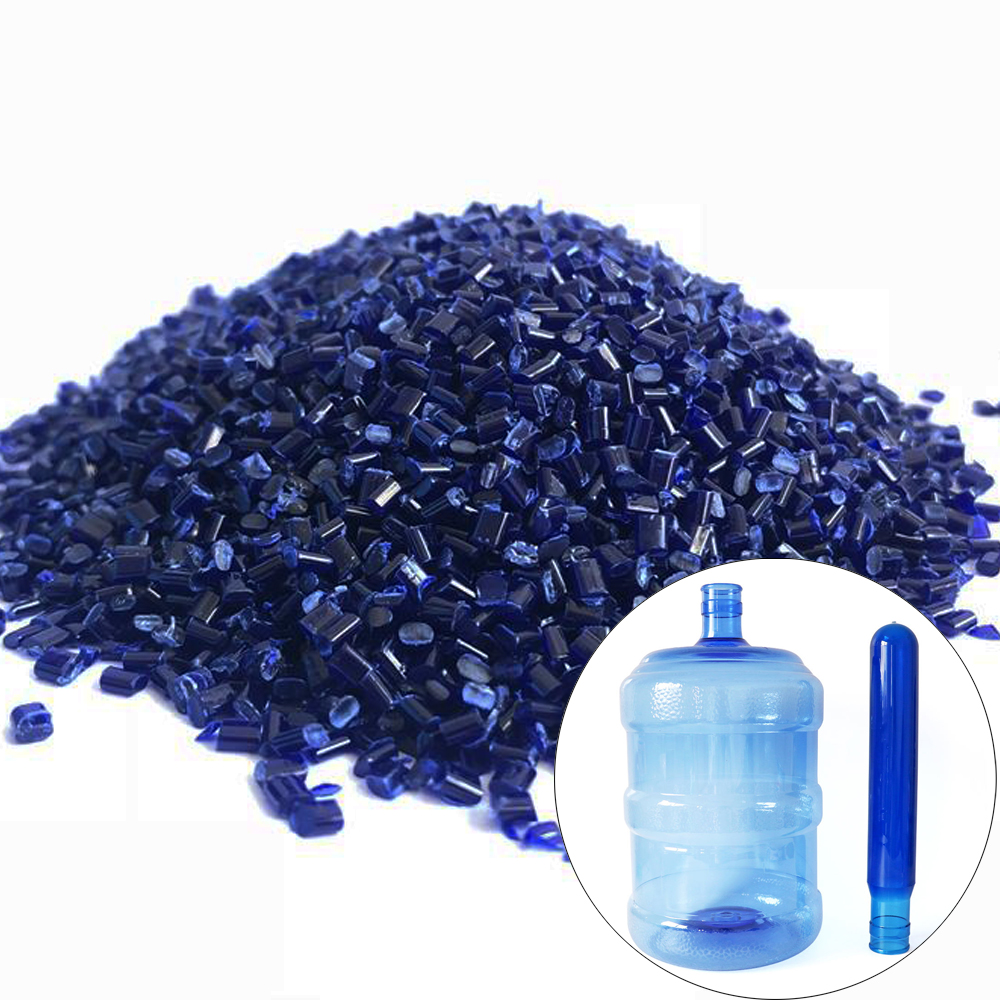
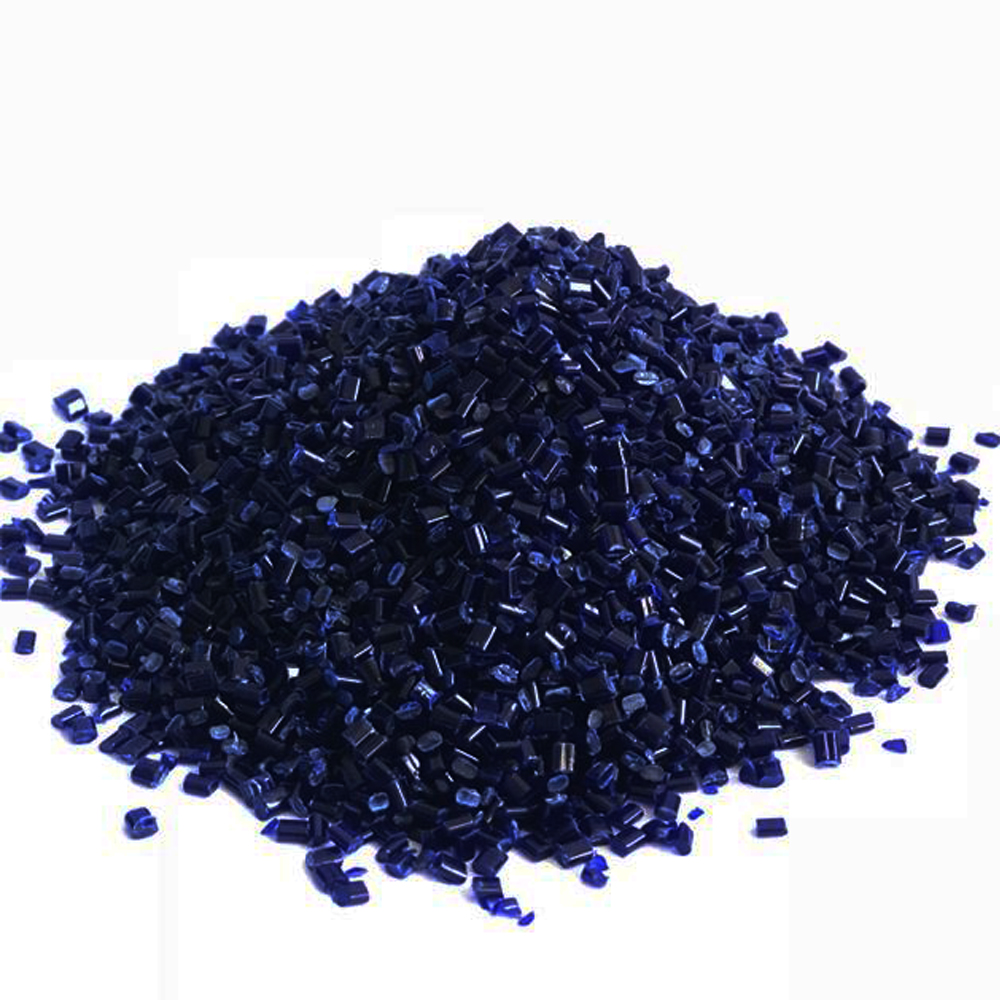
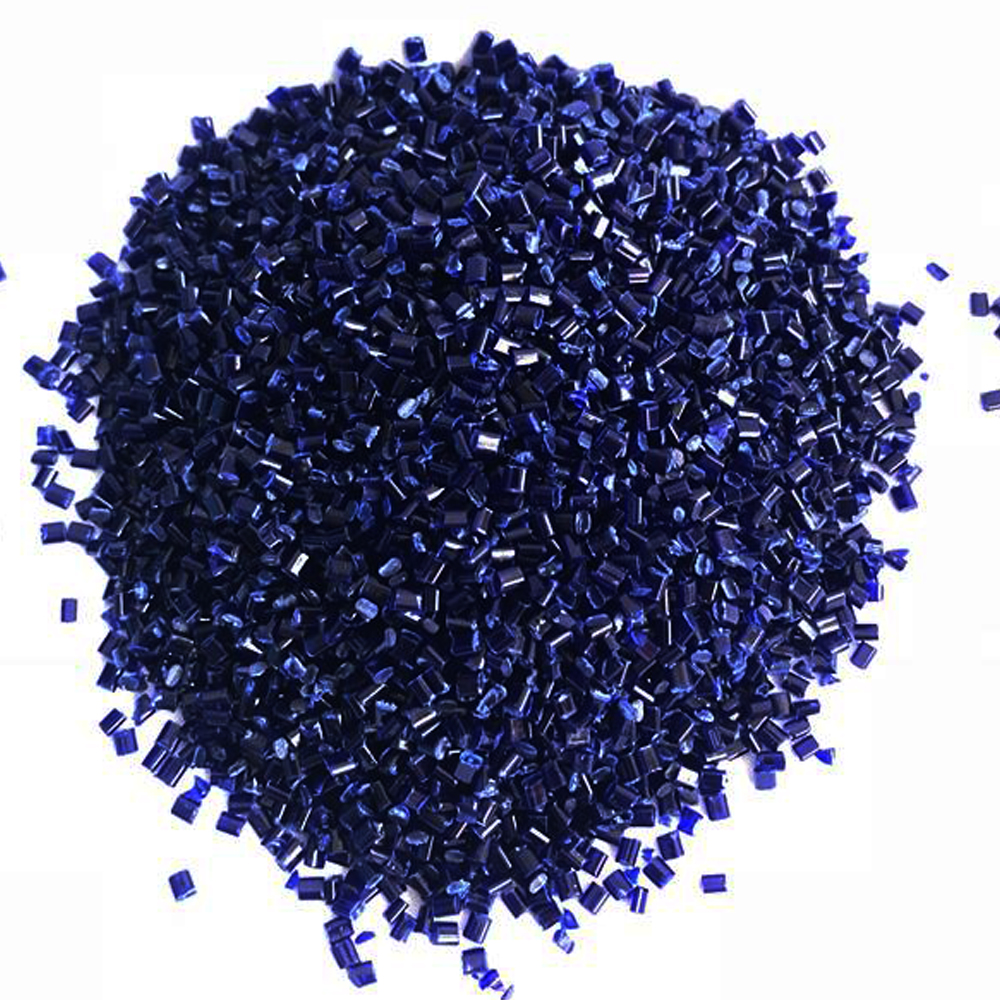
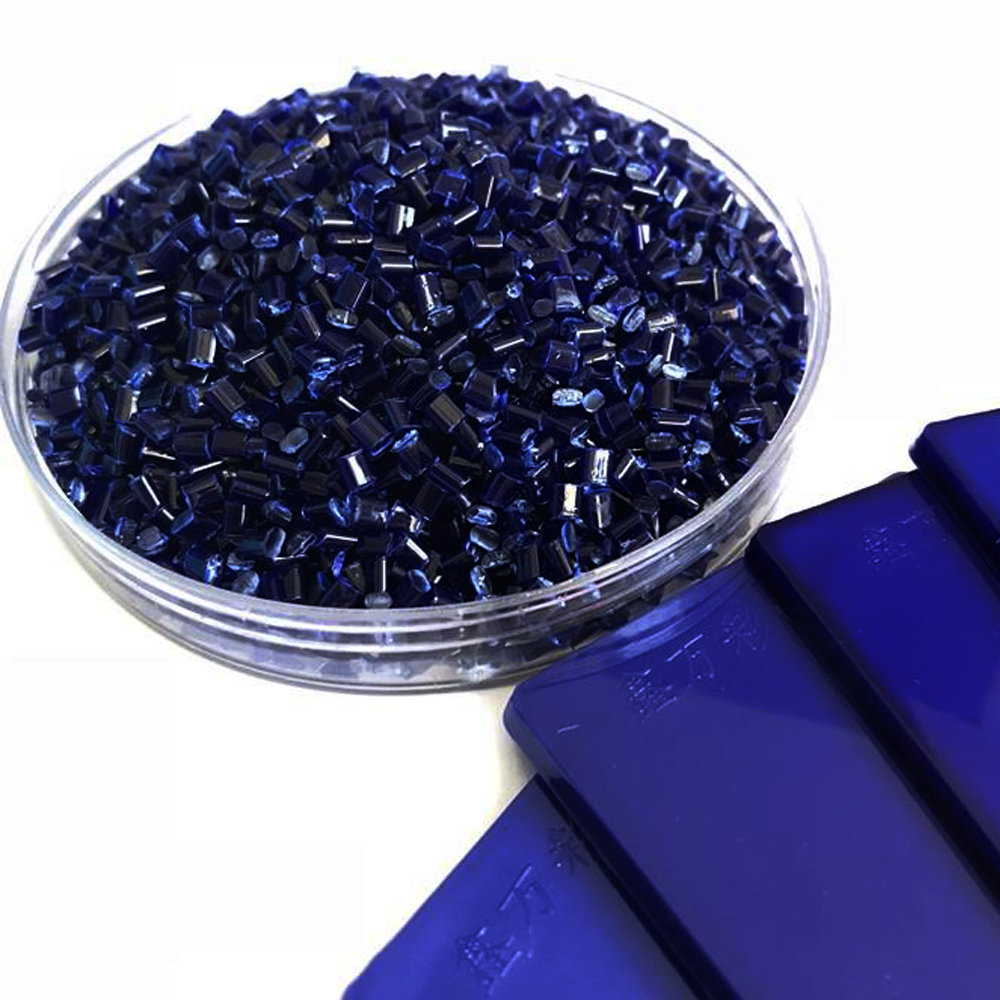
©2023. Masterbatch Manufacturer All Rights Reserved.
Our team will send back the best offer in 20 minutes.